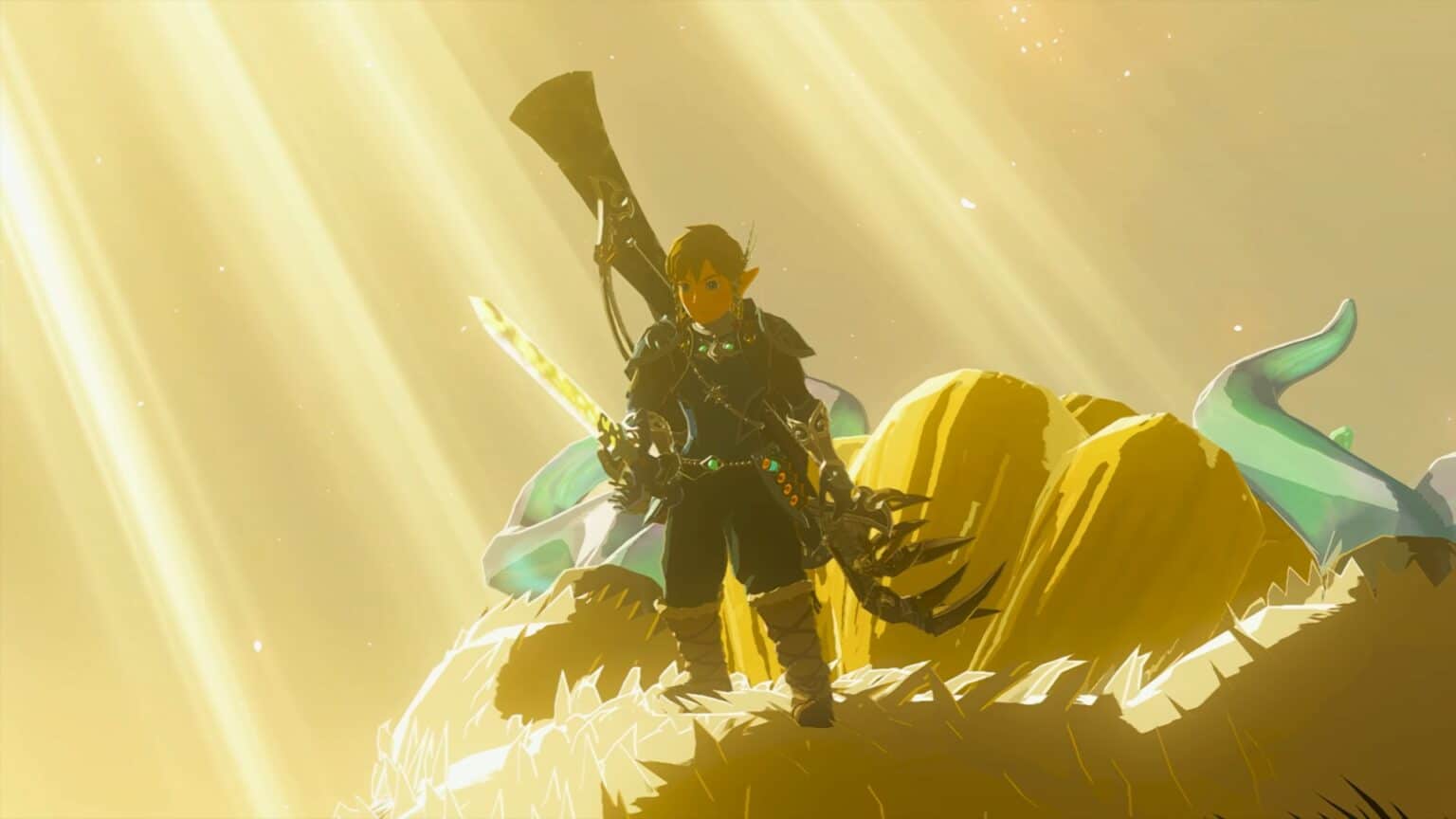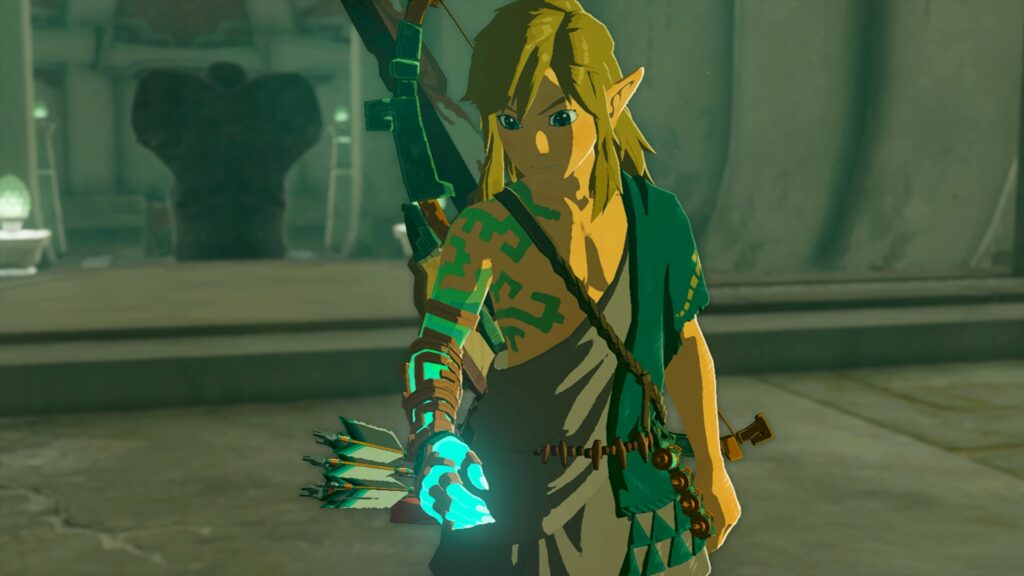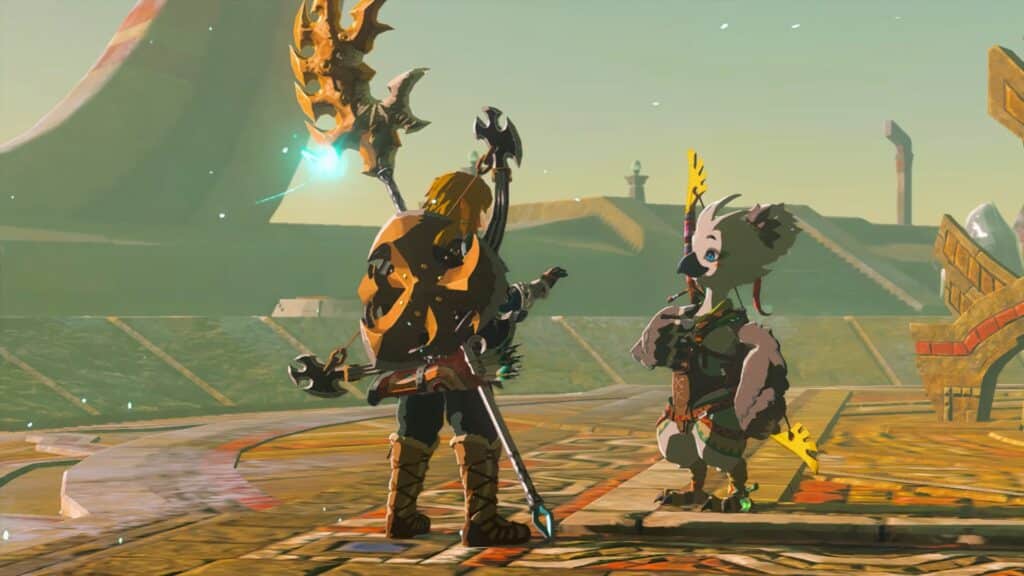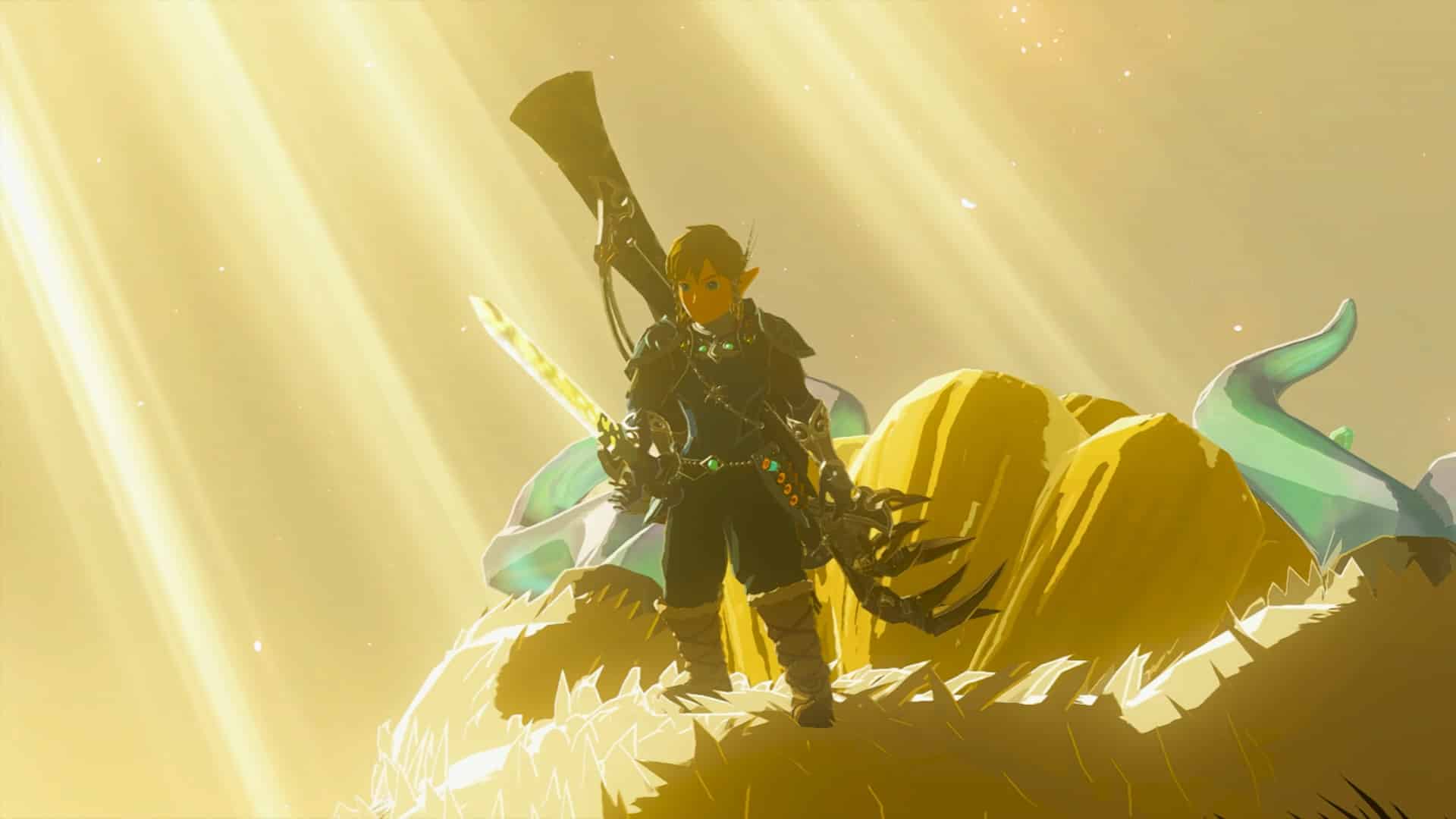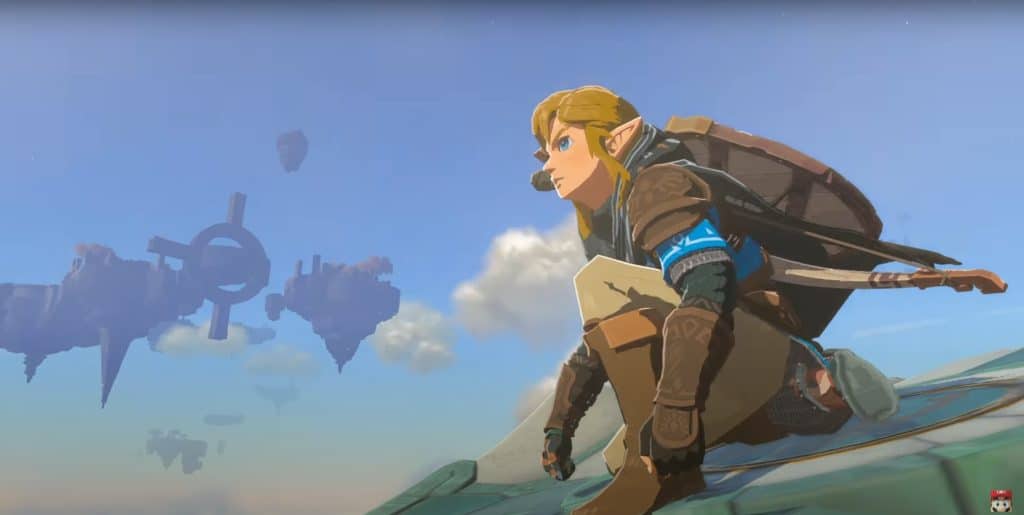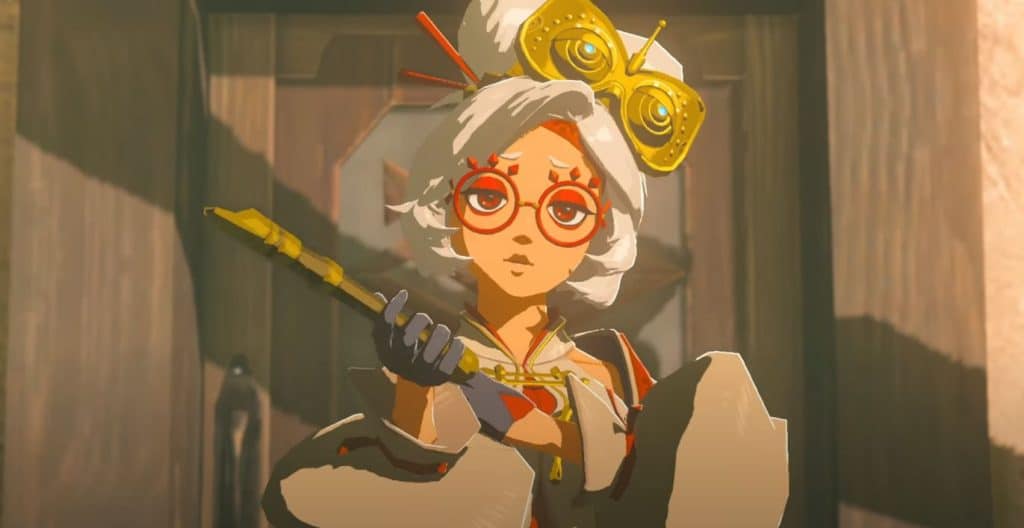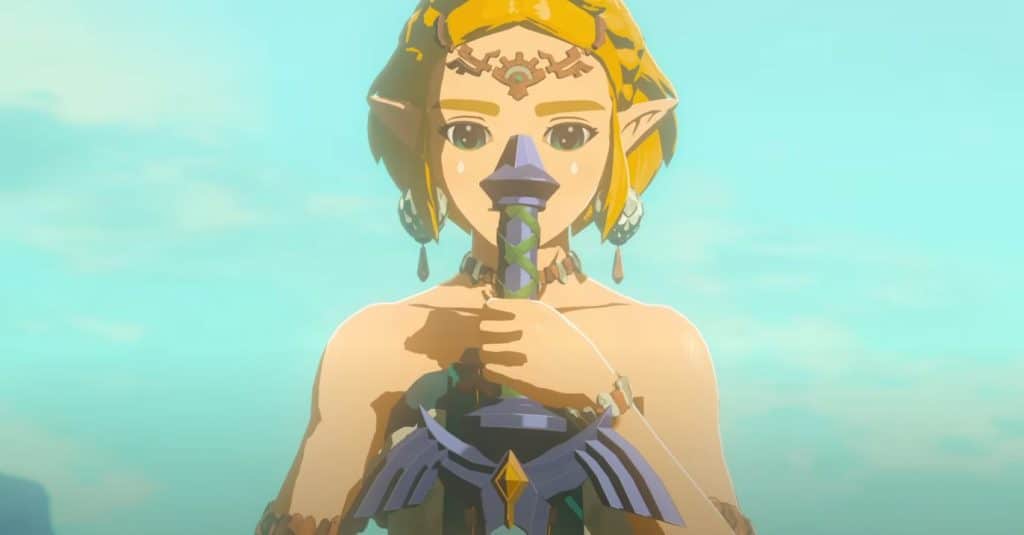The Legend of Zelda: Tears of the Kingdom is a highly anticipated addition to the iconic Legend of Zelda franchise. It follows in the footsteps of The Legend of Zelda: Breath of the Wild a game that had a profound impact on the gaming industry. Breath of the Wild was both a swan song for the Wii U and a launch title for the Nintendo Switch, garnering widespread acclaim for its open-world design and innovative gameplay. It’s crucial to acknowledge the high expectations set by its predecessor when discussing Tears of the Kingdom.
In Tears of the Kingdom, players step into the enduring boots of Link, the iconic hero of the series. The narrative commences with the unearthing of mysterious caverns hidden beneath the venerable Hyrule Castle. This discovery triggers a chain of events, compelling Link and Princess Zelda to embark on an exploratory journey. Their quest sets in motion the awakening of an ancient malevolence, coupled with the inexplicable vanishing of Zelda herself. Link finds himself marooned on an enigmatic floating island, where he must not only master newfound abilities but also rally allies to confront an imminent peril that threatens the vast expanse of Hyrule.
In essence, this sequel to Breath of the Wild beckons players into an open-world sandbox teeming with intricate puzzles, daring challenges, and a grand high-fantasy narrative.
Within the tapestry of Tears of the Kingdom, the storytelling fabric unravels in some respects. While the game provides an expansive and unbounded sandbox for players to traverse, it stumbles in weaving a cohesive and enthralling narrative. The pursuit of Zelda and the events unraveling in each distinct region occasionally descend into repetition and suboptimal execution. Notably, the protagonist Link’s perpetual silence, a hallmark of the series, becomes conspicuously conspicuous in a game aspiring to deliver a more profound narrative experience. Certain plot elements, particularly those linked to time travel, may leave players pondering their logic and relevance within the game’s fictional universe.
The gameplay of Tears of the Kingdom is a canvas that exhibits both splendor and imperfection. The introduction of fresh abilities, such as the Ultrahand and Recall, enriches the landscape of puzzle-solving and interactions with the environment. The Ultrahand ability allows players to interact with the environment in creative ways, including object manipulation and crafting.
However, the game’s combat mechanics remain largely unaltered from Breath of the Wild, with a dearth of incentives to partake in confrontations. Moreover, the presence of arbitrary constraints on specific objects and the durability system, while ameliorated via the Fuse ability, may still elicit exasperation. Some limitations on certain objects and abilities, particularly in regard to their lifespan, slightly hinder the full realization, especially the Ultrahand’s innovative possibilities.
In the realm of aesthetics, Tears of the Kingdom attains excellence, even within the confines of the Nintendo Switch’s hardware limitations. The game’s world, spanning the vast, sweeping landscapes of Hyrule to the ethereal floating islands, manifests as a symphony of visual opulence. Character and monster designs boast a breathtaking aesthetic, accentuated by epic boss battles that faithfully capture the quintessence of the franchise. Furthermore, the game’s music and sound design harmonize seamlessly, engendering an immersive experience that seamlessly melds players with the game’s intricate world.
The game’s performance on the Nintendo Switch platform is an essential aspect to evaluate. Tears of the Kingdom demonstrates commendable stability and smooth performance on the Nintendo Switch. During extensive gameplay sessions, there were no discernible major bugs or glitches that impeded progress. The absence of disruptive technical issues, such as crashes or freezes, ensures an immersive and enjoyable experience for players. This technical proficiency contributes positively to the overall engagement with the game.
Despite the Nintendo Switch’s hardware limitations, Tears of the Kingdom manages to deliver a visually impressive experience. The game’s world, spanning the vast landscapes of Hyrule and the newly introduced sky islands, exhibits a striking visual design. The attention to detail in character and monster designs, as well as the breathtaking boss battles, stands as a testament to the game’s visual excellence. Furthermore, the game relatively maintains a consistent frame rate, ensuring a fluid and responsive gameplay experience, with occasional drops during intense combat encounters and exploration of the expansive open world.
Load times in Tears of the Kingdom are generally well-managed, with transitions between different areas of the game world feeling smooth and seamless. Players can move between the sky islands, depths, and the surface of Hyrule without experiencing prolonged load times that disrupt the flow of gameplay. This optimization contributes to the sense of immersion and minimizes frustration associated with waiting.
The game presents a diverse and richly detailed world, encompassing the open skies, sky islands, and the depths below the surface. Each of these environments exhibits a unique visual identity and atmosphere. While the sky islands provide breathtaking vistas and a sense of grandeur, the depths create a contrasting mood with their dark and mysterious ambiance. Tears of the Kingdom excels in delivering a varied and visually captivating world for players to explore.
The Legend of Zelda: Tears of the Kingdom performs admirably on the Nintendo Switch platform. It offers a visually stunning and technically sound gaming experience, with minimal technical issues or performance-related disruptions. The game leverages the hardware’s capabilities effectively to bring the expansive world of Hyrule, sky islands, and depths to life. The implementation of new abilities enhances gameplay but could benefit from a more expansive approach.
While it doesn’t reinvent the series, Tears of the Kingdom remains a compelling sequel that builds upon the foundations of Breath of the Wild, offering players a vast and engaging adventure with few technical hindrances. The game’s merits are evident in its ingenious puzzles, inventive utilization of abilities like the Ultrahand, and the resplendent design of its game world. However, it grapples with narrative execution, recurring quest structures that breed monotony, and the persistent frustration stemming from certain gameplay elements. For enthusiasts of exploration and those who revel in the rich fantasy milieu, Tears of the Kingdom offers many engaging hours.



